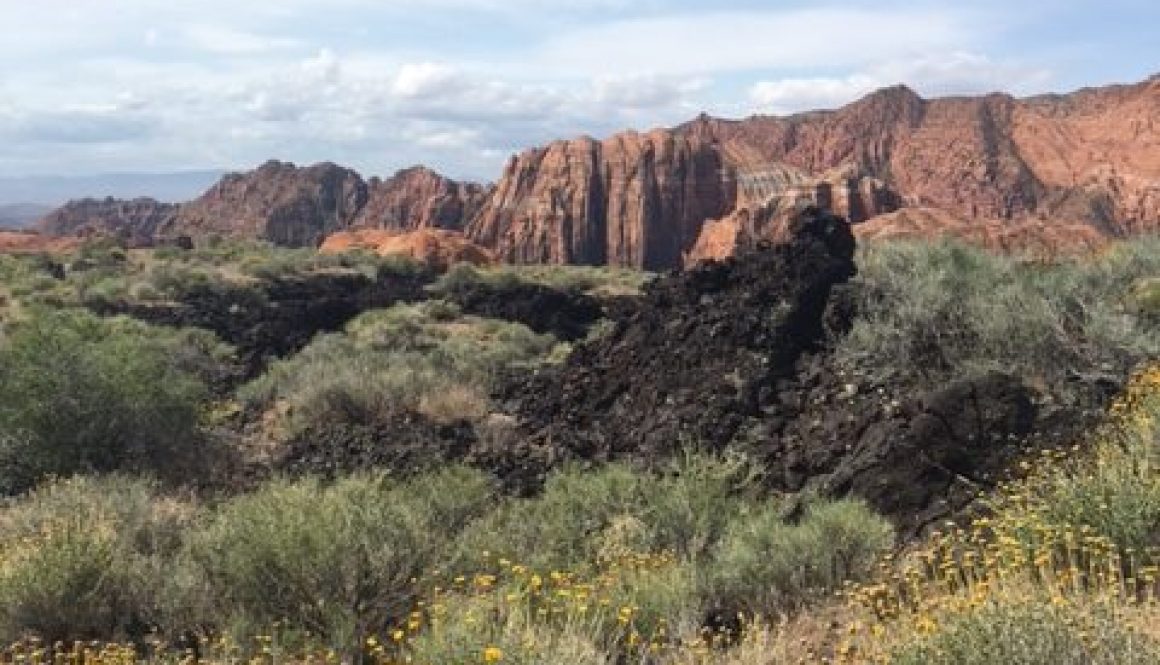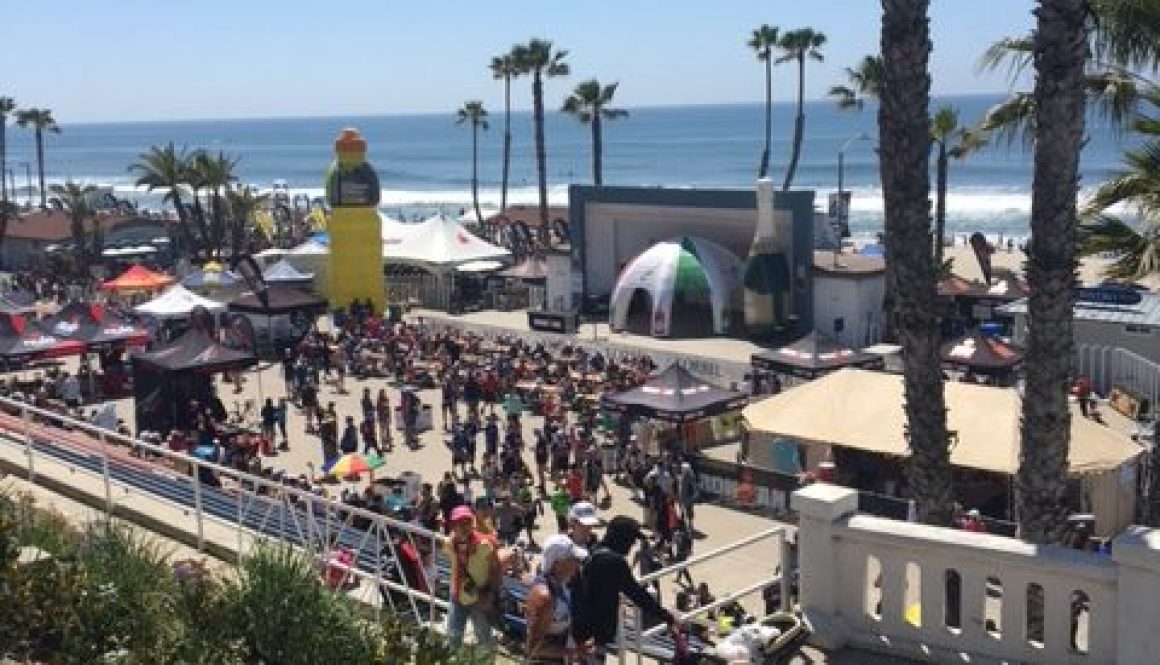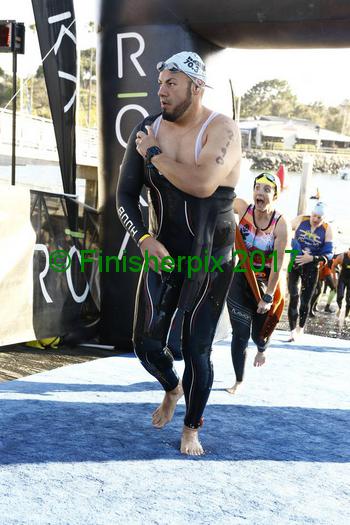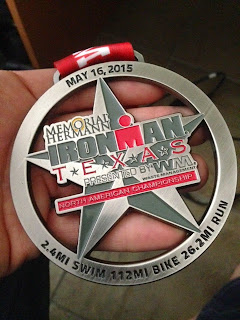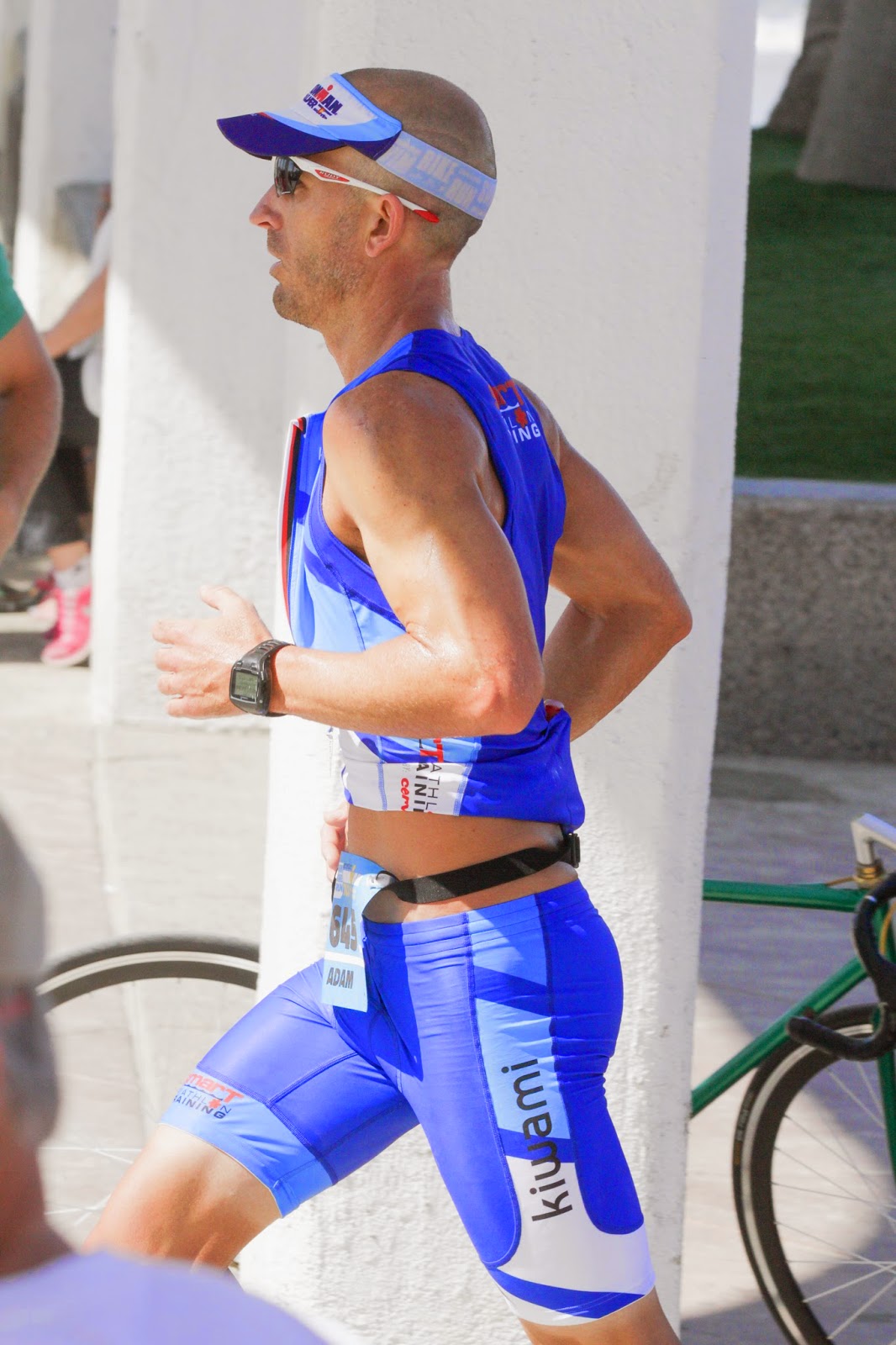Ironman 70.3 St. George 2017 Race Report
Here’s a brief summary of Ironman 70.3 St. George last weekend:
Pain.
Now on to the more detailed report.
I continue to be amazed by the sport of Ironman triathlon. Despite all the races that I have done, both 70.3 and full distance, there is the occasional race that comes along where I enter race morning brimming with confidence only to be humbled by the torturous course and betrayed by my own mind.
I really can’t blame the race for chewing me up and spitting me out. For crying out loud, it’s a 70.3 mile race! You can have all the confidence you want, but if you don’t have the respect for the race, the distance, and the uncontrollables that will inevitably affect you, you will be crushed.
Such was my experience with St. George. A beautiful part of the country, with majestic red rocks, sweeping valley views, amazingly supportive and violently aggressive red ants (more on that later), St. George is a perfect venue for a long distance triathlon.
The beauty of this course is sharply contrasted by its brutality. With about 3,500 feet of climbing on the bike (1,000 of which is near the end), over 1,000 feet of climbing on the run, heat, and high winds, it can provide a challenge, to say the least.
This was not an “A” race for me. This was just a prep race for Ironman Santa Rosa in July. Not necessarily the best choice as a prep race, as the two races are quite different. St. George has altitude, and hills, and is exposed to the sun for most of the ride and run. Santa Rosa is flat, sea level, and has a shady run. Let’s just say it wasn’t my intention to prepare for hills.
Additionally, I’ve been experiencing a lot of life changes lately, which has caused a tremendous amount of stress in my life. A recent blow of having to resign from my job (a whole other traumatic story altogether) has caused me to struggle with self confidence issues. Being thrust into full time self employment is an exciting prospect, but frightening nonetheless, especially when it comes after being morally and emotionally beaten down on the work front. This stress certainly played a role in the outcome of the race.
Anxiety can be like a carpet bomb. Even though specific events trigger it, it can begin to manifest in other areas of life as well. This is especially true if you can’t diffuse the root cause.
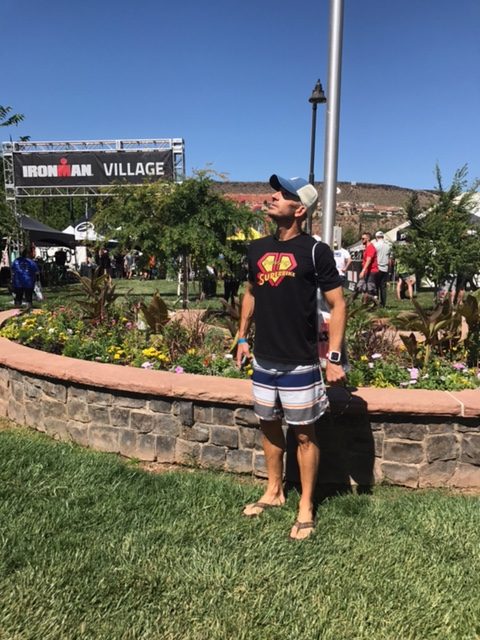
Obligatory “Dreamer Pose” at Ironman checkin
